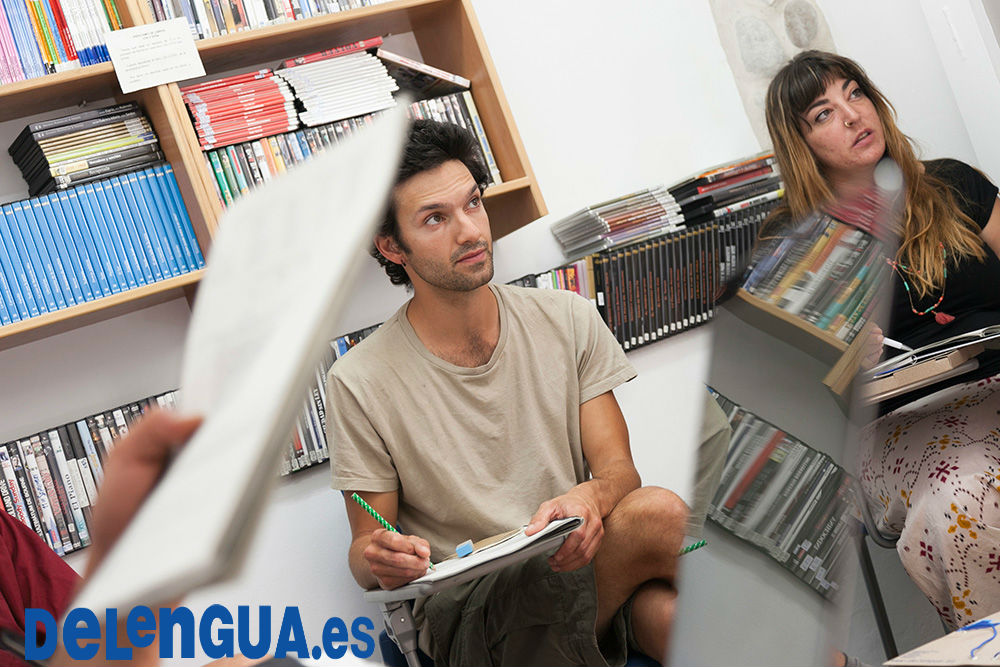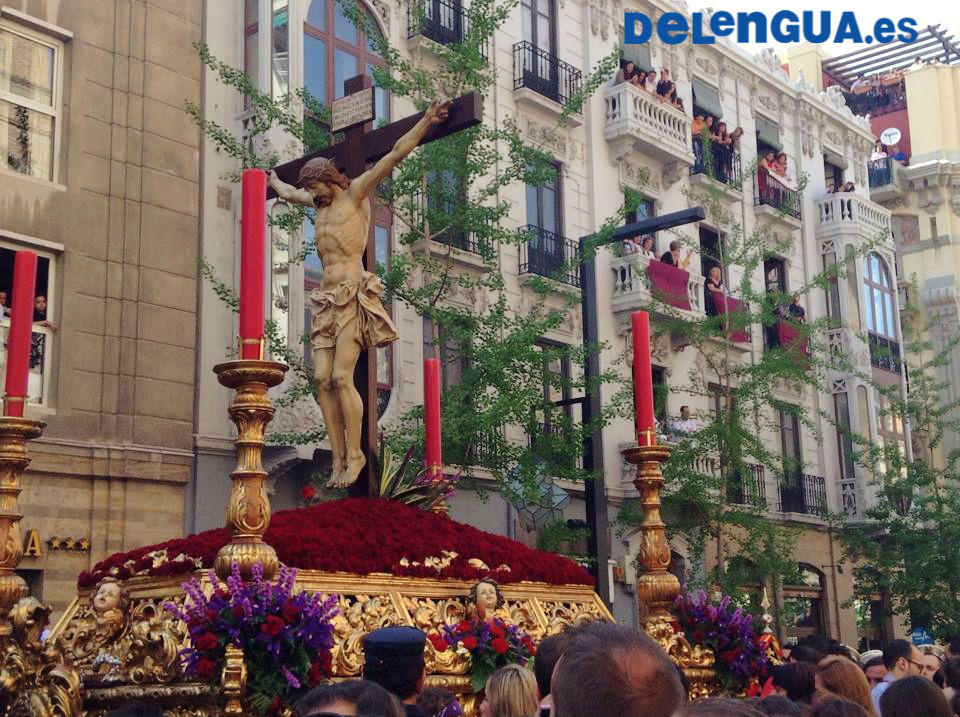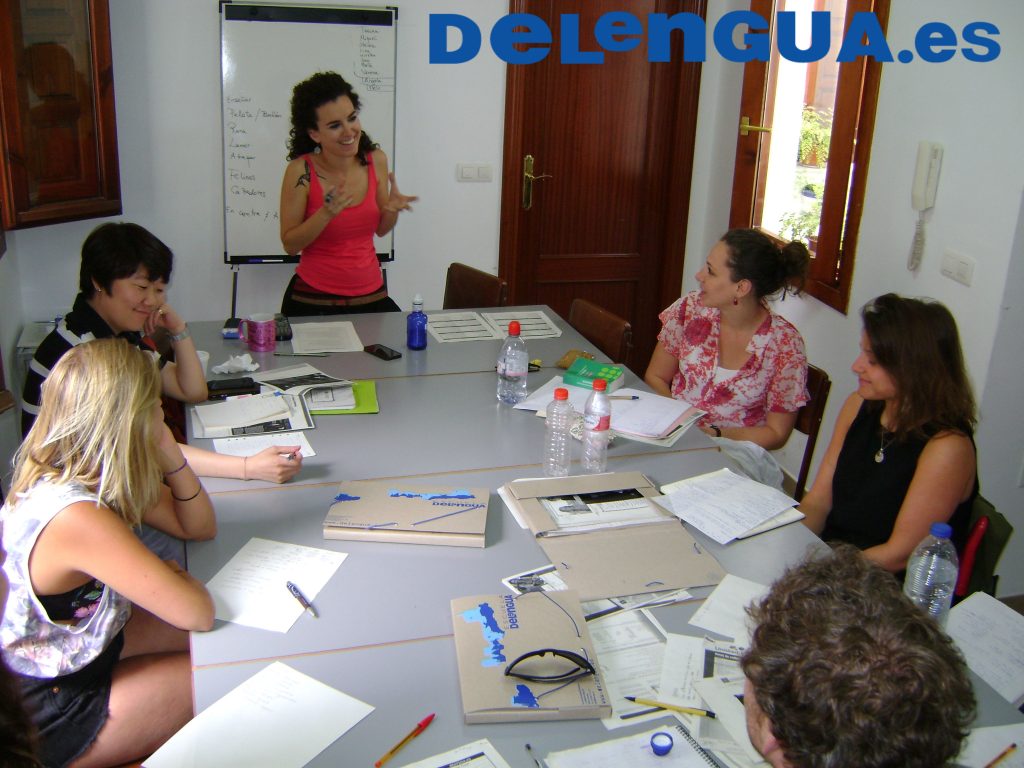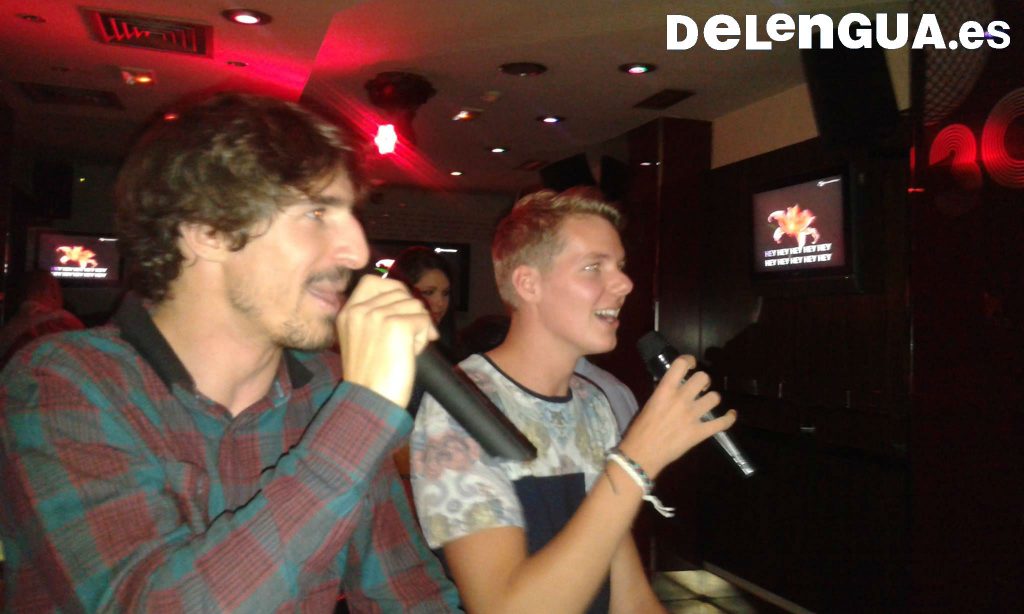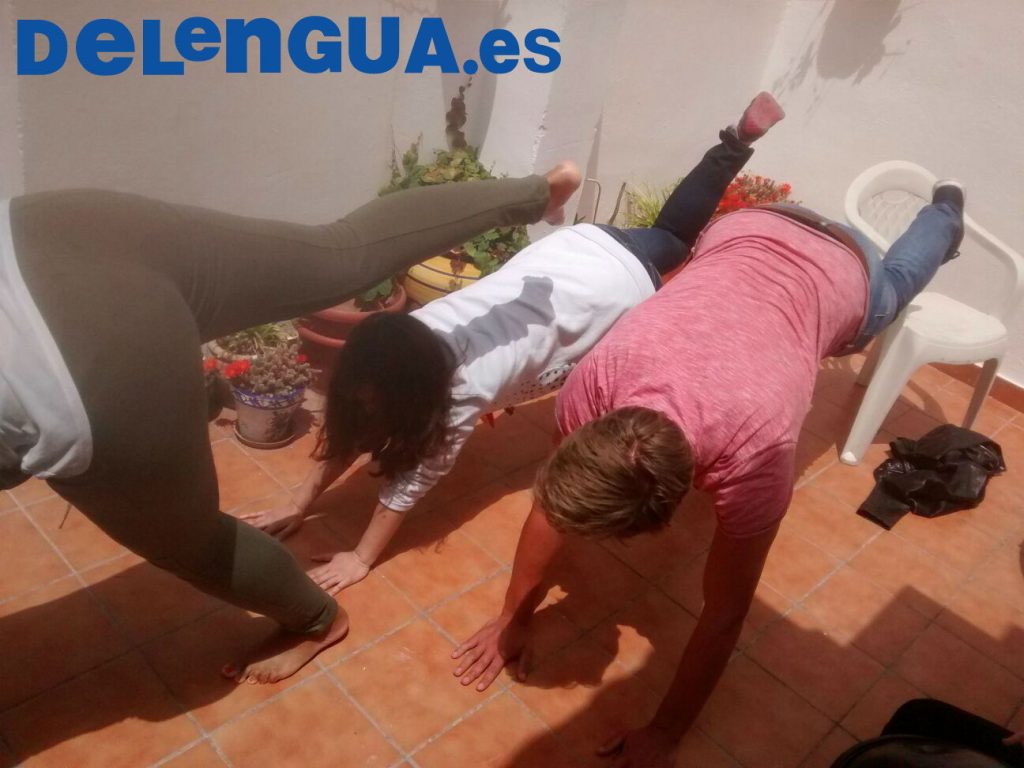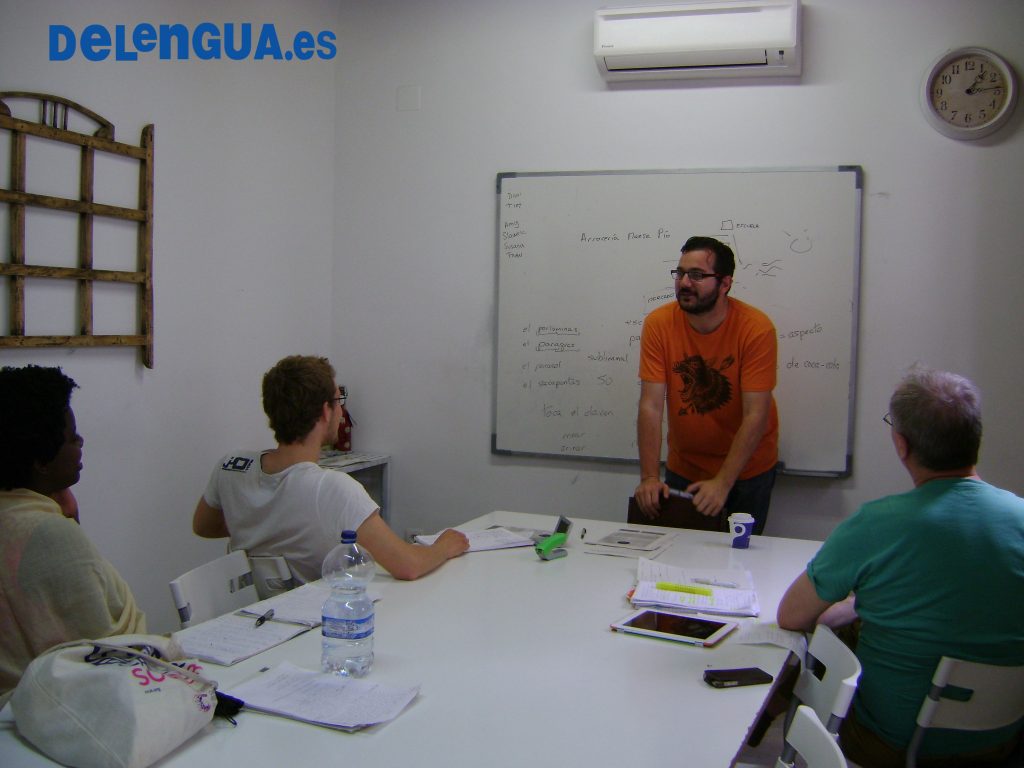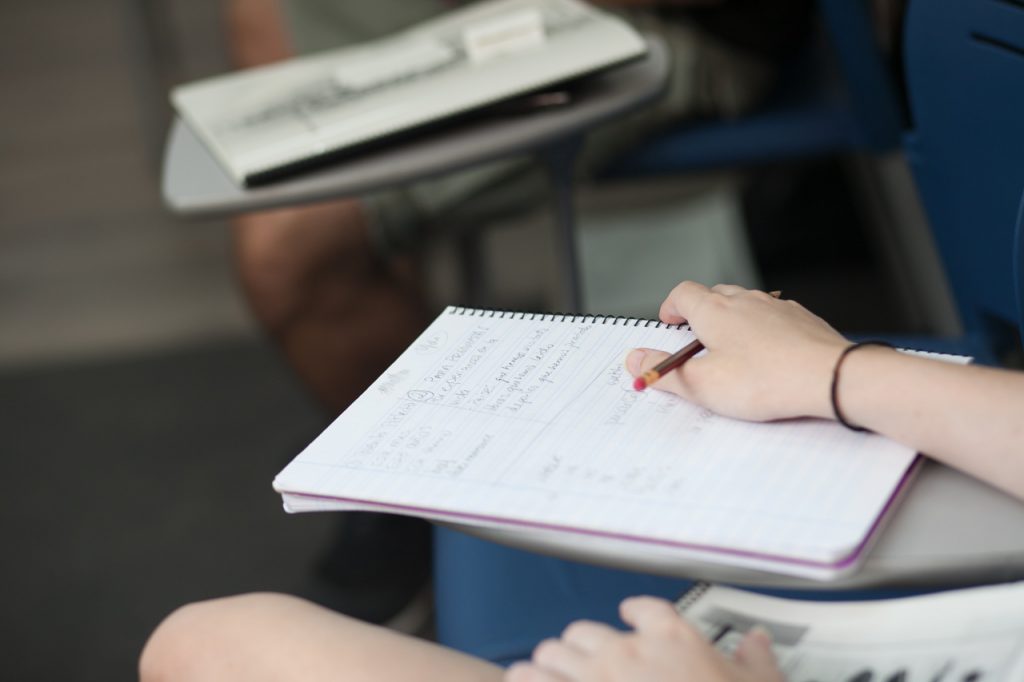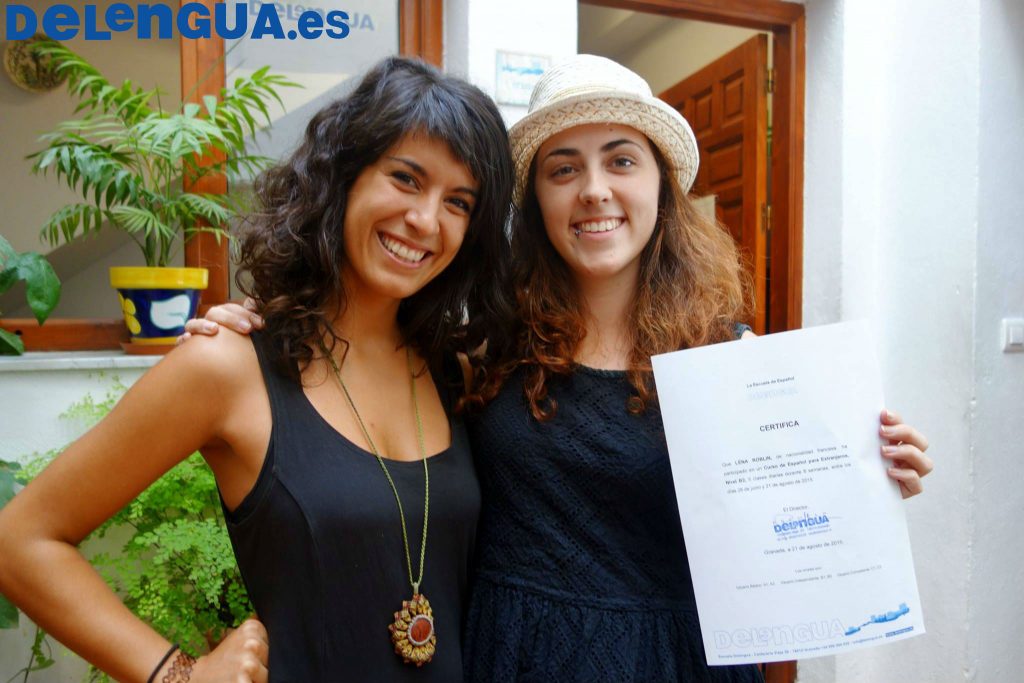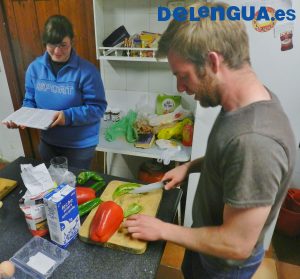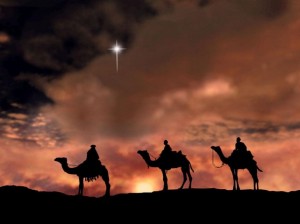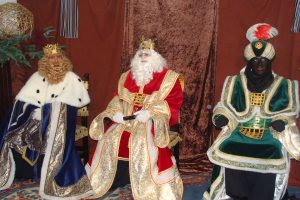| Quizás el día más importante del año para los niños españoles y latinoamericanos es el de los Reyes Magos, o Magos de Oriente. Al igual que la costumbre anglosajona de Santa Claus, se celebra este día en España y Latinoamérica como un festivo familiar. Este día es tan importante para los niños por los regalos que reciben la noche del 5 de enero. Por costumbre los niños escriben, algún tiempo antes, una carta a los reyes que contiene sus deseos y en la que tienen que asegurar su buen comportamiento – porque los niños que se han portado mal, les espera carbón dulce en vez de regalos. Frecuentemente los reyes aparecen en centros comerciales o tiendas de regalos durante las semanas antes del festivo. Allí los niños tienen la posibilidad de hacerse una foto y entregar su carta con las peticiones directamente. En España los Reyes Magos suelen traer los regalos por el balcón donde los niños han colocado sus zapatos. A veces también dejan dulces para los visitantes y paja para los camellos.En muchas ciudades de España hay una Cabalgata de Reyes el 5 de enero. También en Granada, la ciudad de la Escuela Delengua, que da cursos de español, se celebra este día con una cabalgata. Montados a caballo o en carrozas los reyes Melchor, Gaspar y Baltasar recorren las calles acompañados por un desfile y miles de curiosos.El día siguiente, el 6 de enero, es un festivo nacional en España y la mayoría de la gente lo pasa con la familia. Además los niños tienen tiempo de disfrutar de sus regalos. |
|
Maybe the most important day for Spanish and Latinamerican children is the 6 of January, day of Los Reyes Magos, the three Wise Men. Similar to the US-American costum of Santa Claus, it is celebrated with the family. For the children, this day is of special importance because of the gifts they receive on the night of January 5. Usually, the children write some time before this day a letter to the three Wise Men describing their wishes and assuring their good behaviour – because children who have misbehaved, will receive nothing more than carbón dulce, a sweet that looks like a piece of coal. Commonly, the Wise Men appear in shopping centres or gift stores during the weeks before the holiday, giving the children the possibility to make a photo and hand in their wishlist.In Spain, the Wise Men use to bring the gifts on the balcony where the children have put their shoes. Sometimes, they even bring sweets for visitors and straw for the camels.In many Spanish cities there is a cavalcade of the Wise Men on January 5. In Granada, city of Escuela Delengua, the ideal place to do a Spanish course, this day is celebrated with a cavalcade as well. Sitting on horses or in carriages, Melchior, Caspar and Balthasar pass the streets in the company of a procession and thousands of curious people.The next day, January 6, is a bank holiday in Spain, and most people spend this day with their families. Moreover, the children have time to enjoy their gifts. |




